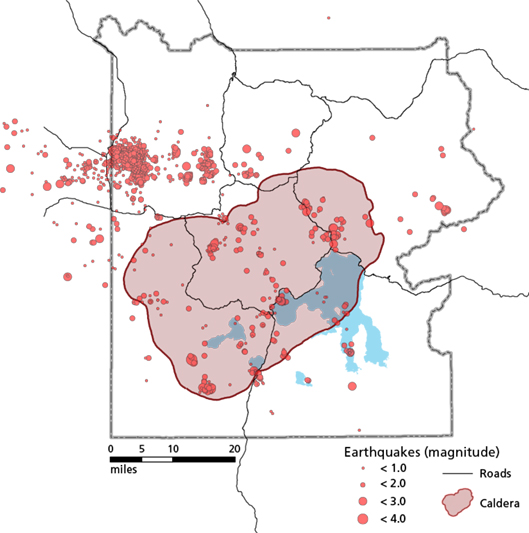

“This 'citizen science' will feed into Geoscience Australia’s seismic hazard modelling work, which will help keep Australians safer in future.” “The NEAC is continuing to receive felt reports from the community and will continue to assess the shaking intensity of each report,” Minister Pitt said.

These reports, made by members of the public, are used to produce a calibrated ShakeMap showing the modelled ground-motion intensity over a broader area.

Geoscience Australia’s website also received more than 40,000 felt reports in the first 24 hours – a new record for an Australian earthquake. The NEAC has detected approximately 30 aftershocks in the month following the quake, ranging in magnitude from 2.2 to 4.1, including one just last night. “This information helped local emergency managers gauge the severity of the quake and start mobilising their response.” “Seismic analysts were able to provide Emergency Management Australia’s National Situation Room with preliminary details about the size, location and depth of the quake approximately 10 minutes after this earthquake occurred,” Minister Pitt said. Minister for Resources and Water Keith Pitt said the quake has demonstrated the valuable role the Australian Government’s world-renowned NEAC plays in detecting and preparing for disasters. The 5.9 magnitude earthquake north of Rawson in Victoria on 22 September was felt across six states and territories, including in the major centres of Melbourne, Hobart, Adelaide, Canberra, and even Brisbane. One month after the largest earthquake to hit south-eastern Australia in more than 200 years, small aftershocks are still being recorded by Geoscience Australia’s National Earthquake Alerts Centre (NEAC).


 0 kommentar(er)
0 kommentar(er)
